Guyana - South America's Best Kept Secret
Pocket sized Guyana in the North Eastern corner of South America is truly a wild frontier. A land of few roads, pristine forest and just 4,000 genuine tourists a year (which is less than Machu Picchu receives in one day) but wildlife and ecotourism a plenty. Guyana is a destination for travellers rather than tourists and for someone who likes to get of the beaten track, I was therefore thrilled to be given the opportunity to discover more of this still relatively little-known destination in October this year. Compared to most of South America, Guyana is under-developed, with over 80% of the land mass still virgin rainforest and it was to the thinly populated interior that I headed for the majority of my visit. Guyana has very few sealed or dirt roads which makes travel into the interior difficult and challenging with long distances covered by small aircraft. Accommodation in the interior is mostly in intimate and simple lodges, ranches and rainforest resorts, with the following being a few of the places I can recommend to stay.
Kaieteur Waterfalls
Waikin Ranch
Flying from the capital Georgetown over the rainforest to Letham, near the Brazilian border, takes you to the heart of the Rupununi with my first taste of the interior being in fact endless savannah. The vast savannahs of Rupununi have been home to Amerindian tribes and earlier indigenous populations for nearly 7,000 years. Nowadays ranch stays are popular and offer a chance to ride out with the vaqueros (cowboys) over the scenic savannah to watch the enormous sun setting over the horizon. My home for the night was Waikin Ranch, just thirty minutes’ drive from Letham and a perfect base camp to explore the Central Rupununi and surrounding attractions. Along with a night in one of the beautifully designed cabins, I enjoyed a trip out to the ‘Termite City’ and was stunned by the size and abundance of the mounds and no surprise, spent a lot of time cooling off in the ranches’ swimming pond, filled by a natural underground spring, admiring the huge variety of birdlife flying overhead.
Petra in Termite City
Karanambu Lodge
From Waikin Ranch I headed to Karanambu Lodge, a 110 square miles former cattle ranch located in the North Rupununi and the home of the late Diane McTurk (a pioneering spirit in establishing eco-tourism in the Rupununi) conservationist and a world-renowned expert on giant otters. Known for its expansive wetlands and savannah, as well as its biological and cultural diversity, Karanambu encompasses savannah, marsh ponds, riparian forest and a 30-mile stretch of the Rupununi River. The number of species found here is much higher than expected given its size with at least 600 species of bird and over 200 species of mammals. Guyana really is an undiscovered treat for those with an keen interest in wildlife. A very young David Attenborough spent time here and wrote about it in his early book, ‘Zoo Quest to Guiana’. The lodge has the flavour of an Amerindian village and dawn patrols on the savannah reveal giant anteaters and outstanding birding .



Atta Rainforest Lodge
Atta Rainforest Lodge sits is a small clearing surrounded by the towering rainforest, with black curassow wandering the lawns and humming birds feeding on the tropical flowers. Every room looks on to the forest and is a 10-minute stroll to the Iwokrama Canopy Walkway. The Iwokrama Canopy Walkway has four suspension bridges leading to three platforms, the highest of which is over 30-metres above the ground and offers exceptional views of the surrounding rainforest and is another ideal spot for birdwatching. ATTA's 8 en-suite rooms have been designed to make the most of the unique location with private roofless showers that offer a stunning view of the forest canopy tree tops while you shower.
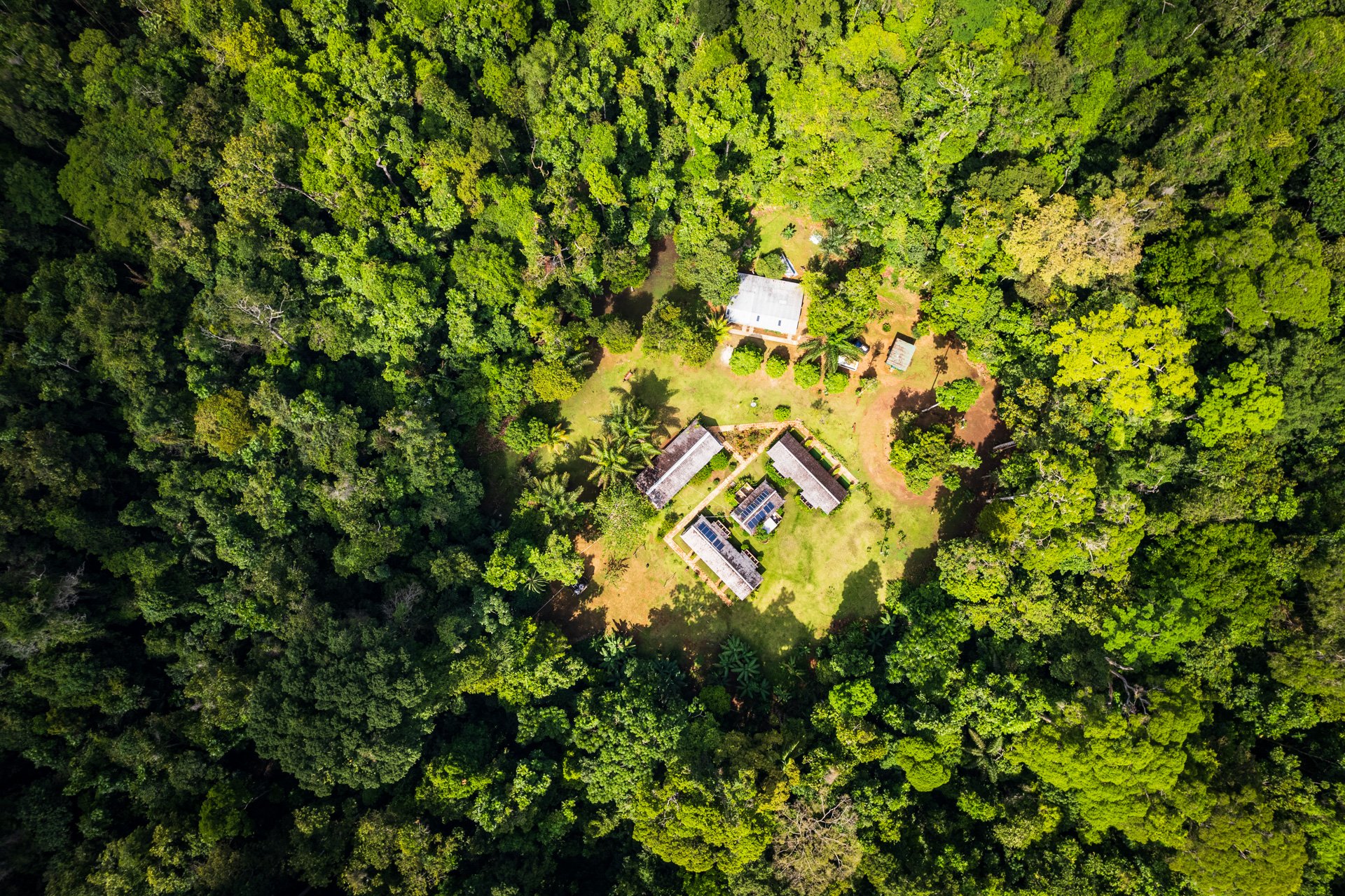
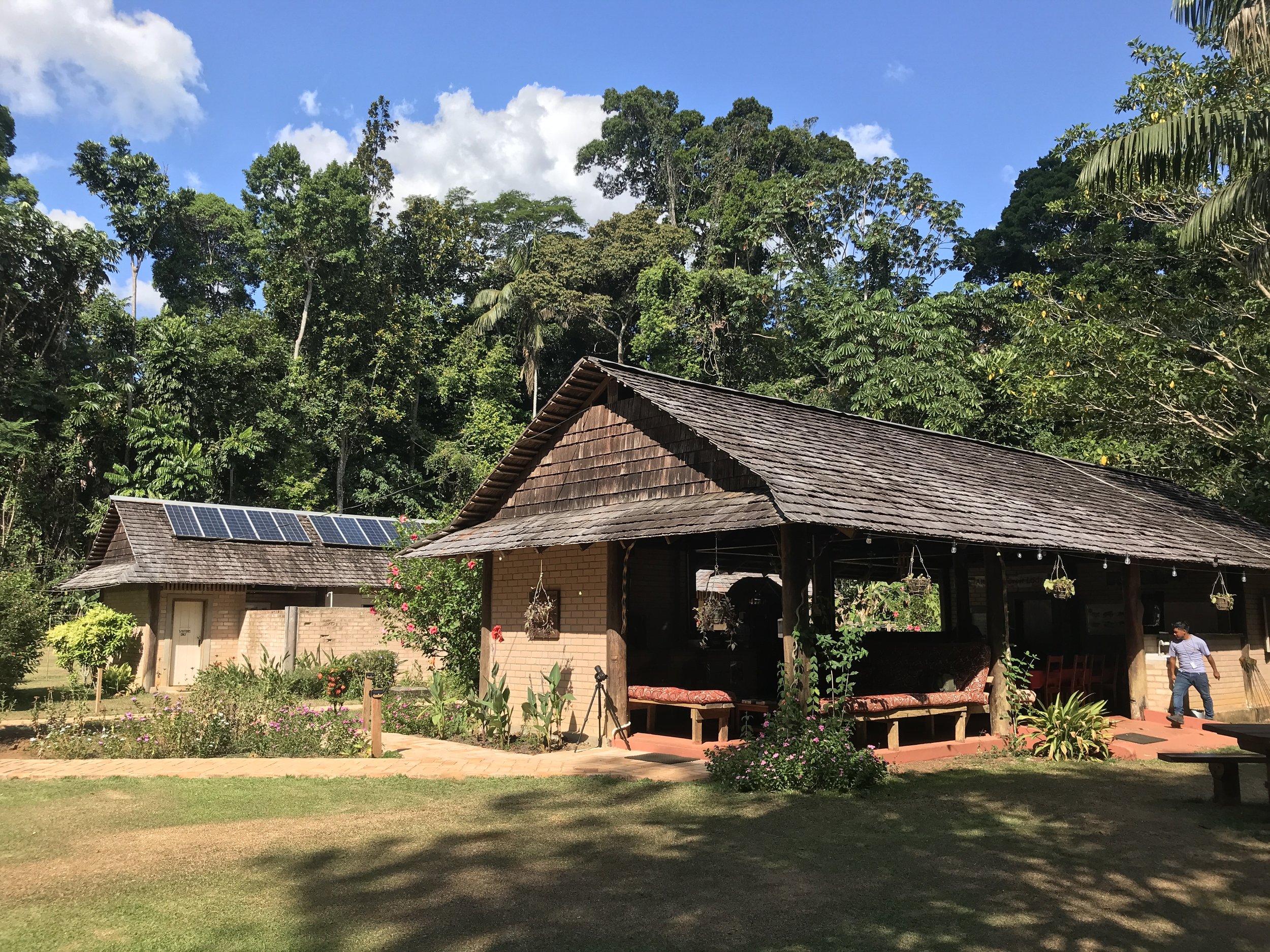
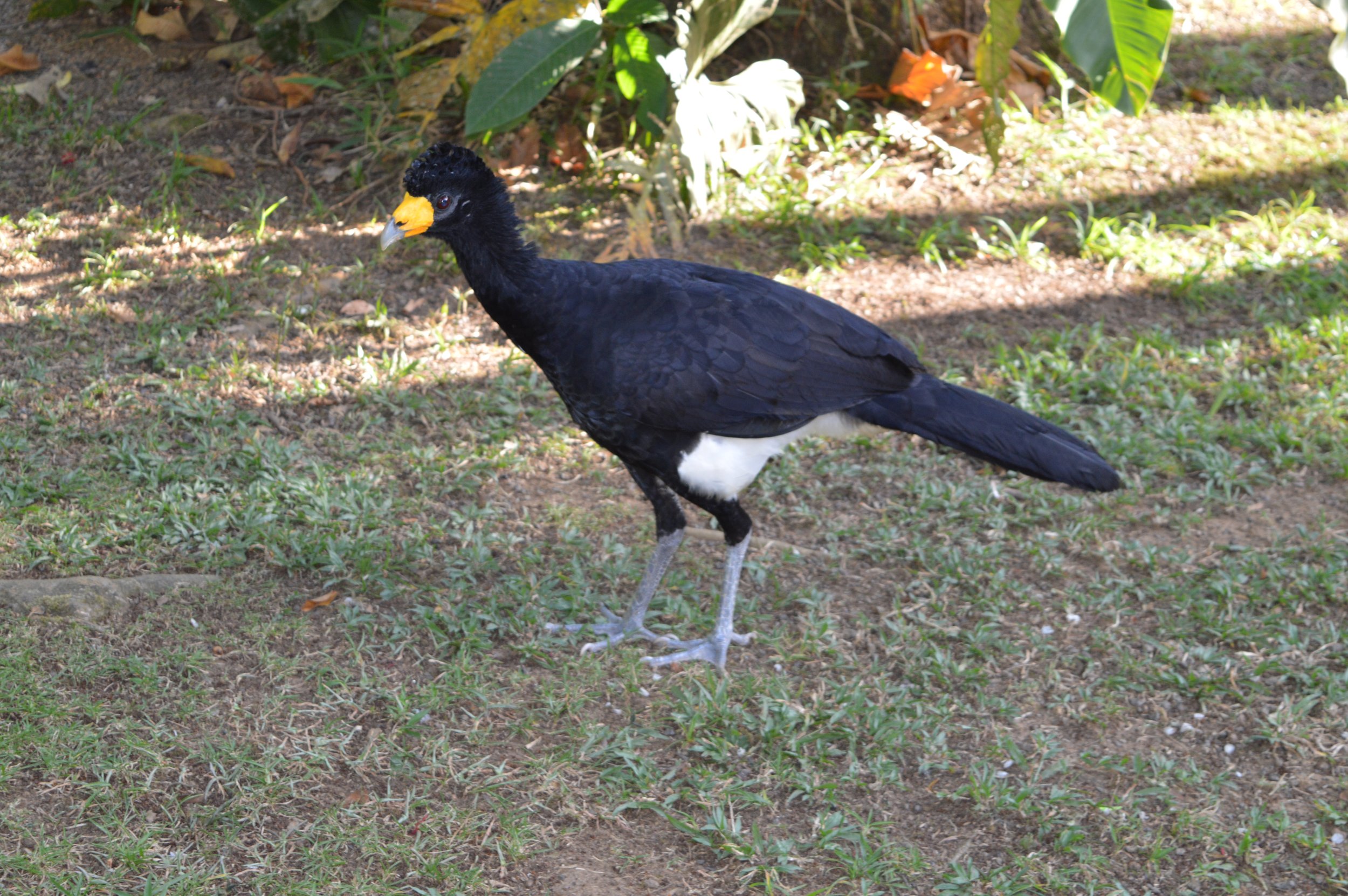
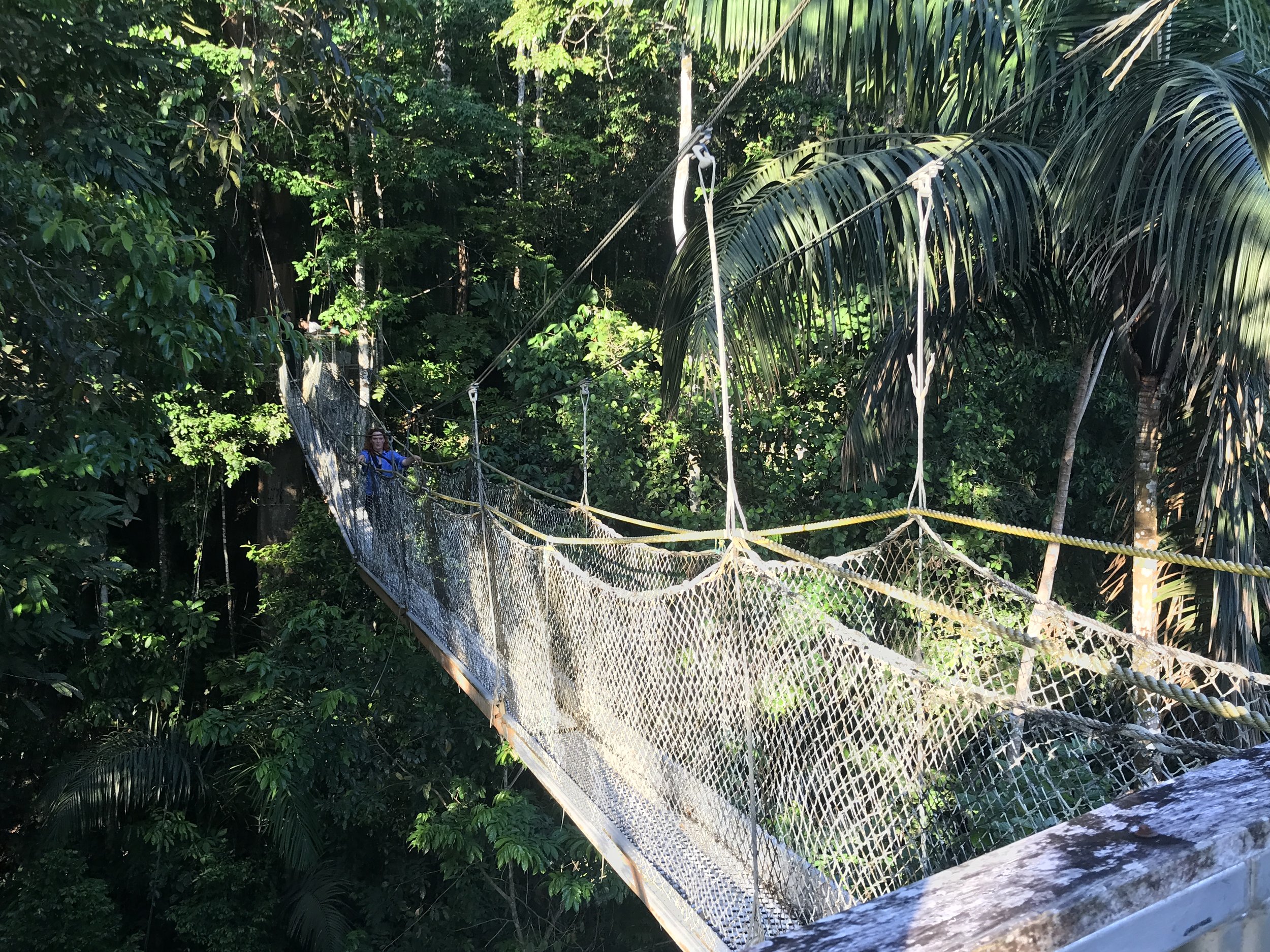
Iwokrama River Lodge
Guyana is an indigenous word which means ‘Land of Many Waters’ with the Essequibo River being the largest.
The Iwokrama River Lodge and Research Centre is located on the banks of the river within The Iwokrama rainforest in the geographical heart of Guyana. The forest comprises one million acres (371,000 hectares) of forest or 1.6% of Guyana’s landmass and 2% of Guyana’s forests. It is part of the Iwokrama International Centre for Rain Forest Conservation and Development, an autonomous non-profit institution established by Guyana and the Commonwealth, founded to promote the conservation and the sustainable and equitable use of tropical rainforests. It aims to show how tropical forests can be conserved and sustainably used for ecological, social & economic benefits to local and national & international communities. When it comes to sustainability and eco-friendliness, Iwokrama River Lodge and Research Centre is the real deal. Accommodation is in eight perfectly situated river-facing cabins, each with its own veranda and hammock, perfect to watch the sun go down whilst listening to the many local birds and other wildlife. Iwokrama’s most popular excursion is to Turtle Mountain, an exhilarating 1 ¾ hour hike up a jungle trail to the top of the mountain (at approximately 360m) for breath-taking views over the top of the forest canopy. From here you really do get the scale of how vast the rainforest is. Not only is this pristine rainforest environment protected, but its local inhabitants, the Makushi people have hands-on involvement in all aspects of conservation and tourism.
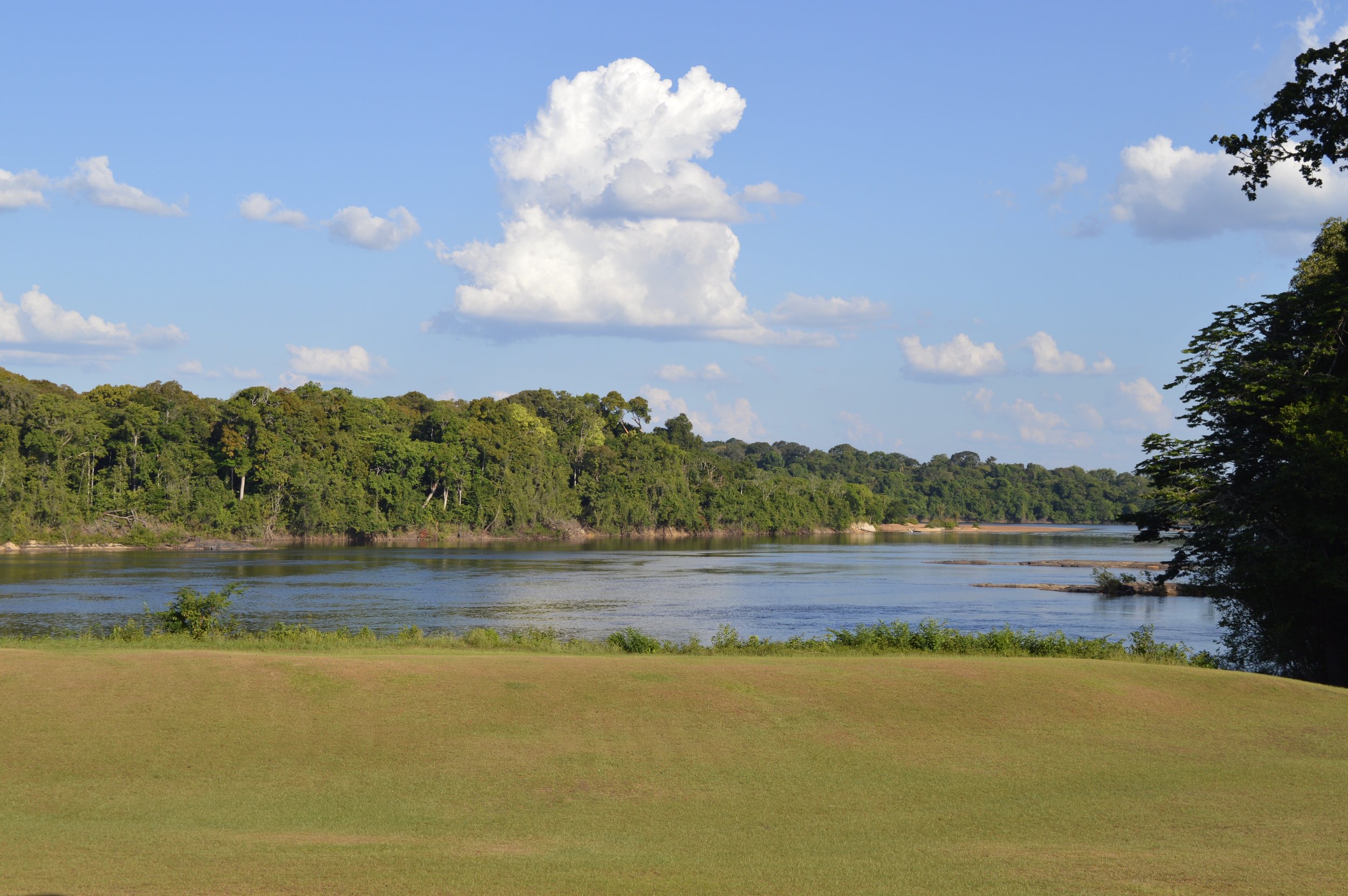
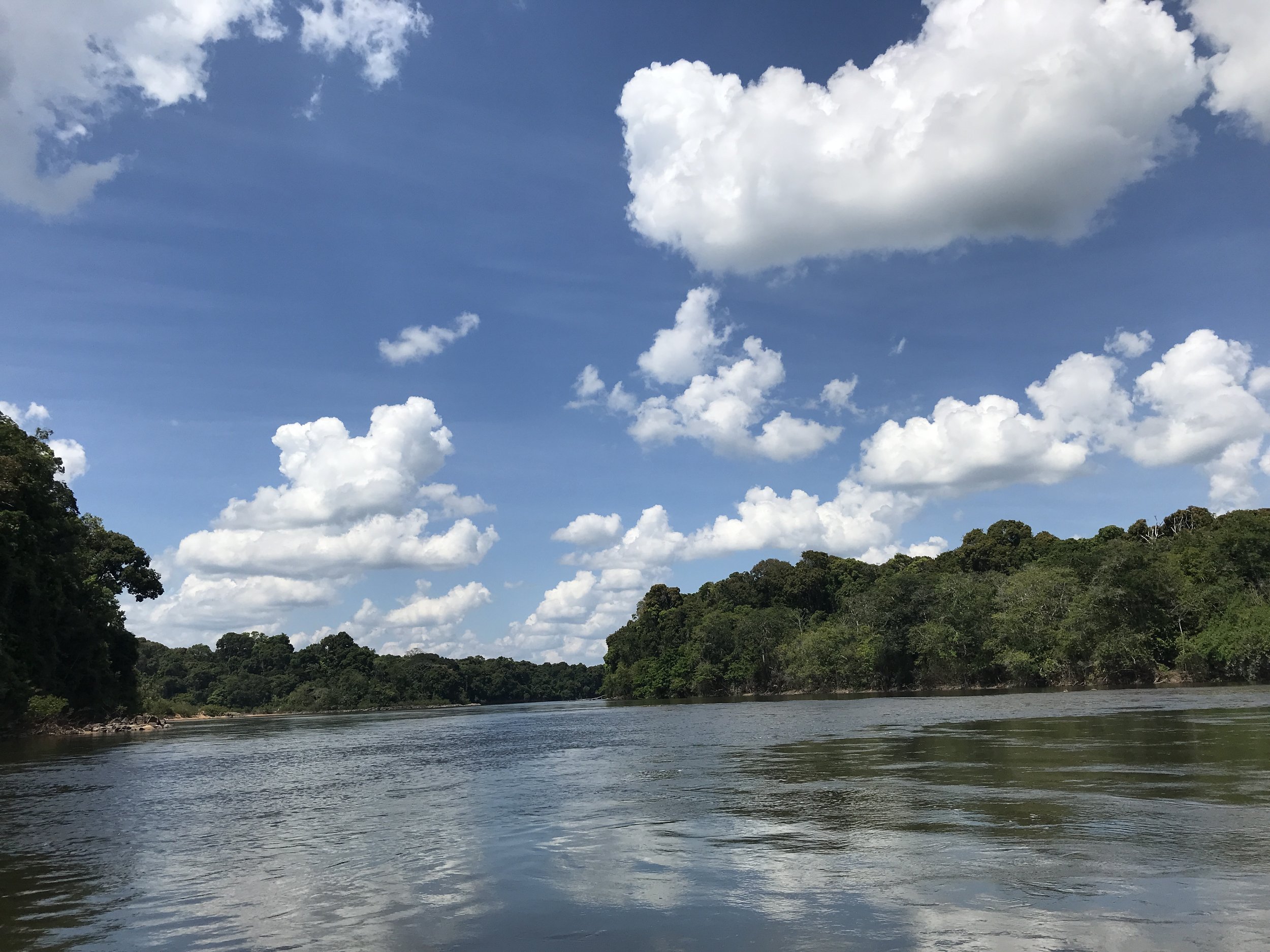
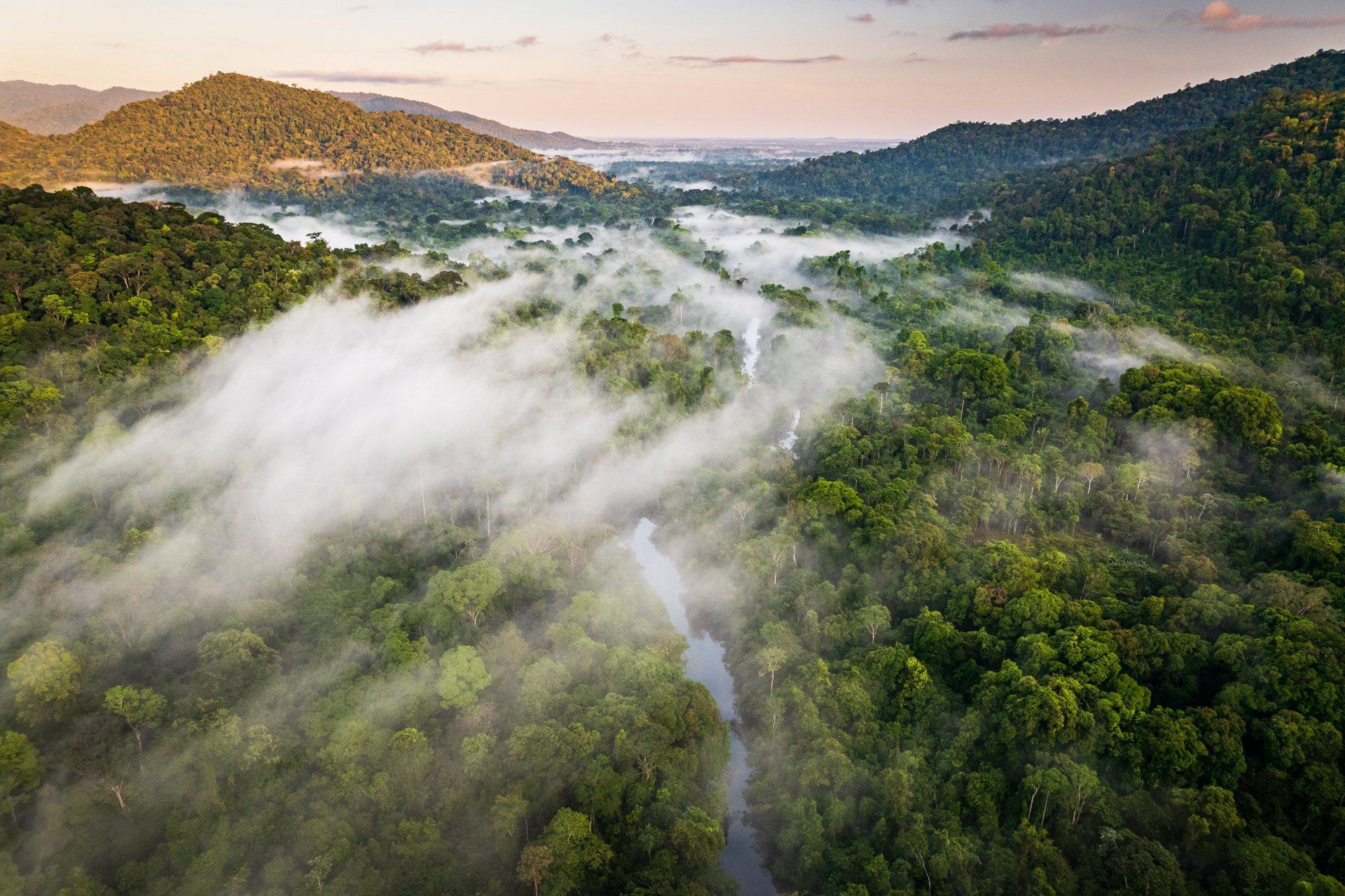
Surama Eco Lodge
Guyana's first indigenous community lodge is set on a savannah overlooking rainforest and mountains with the Burro Burro River a short hike away. Surama Eco-Lodge is the place to discover the forest through they eyes of the Makushi people and if you're lucky see a harpy eagle. Whilst wildlife and birding are undoubtedly Guyana’s biggest draw, it was the chance to learn a little more about the Makushi that I found just as fascinating and especially a visit to the village of Surama. The village is situated in a small savannah, deep in the rainforest and surrounded by forest clad hills. It was here that Charles Waterton passed through in 1812 in search of the secrets of the useful Wourali poison known as Curare. Waterton was so stunned by this spot that he wrote in his memoirs “The finest park that England boasts falls short of this delightful scene”. Surama's inhabitants are mainly from the Makushi tribe and still observe many of the traditional practices of their forebears. I was able to visit the local school, medical centre and church along with some of the village houses.
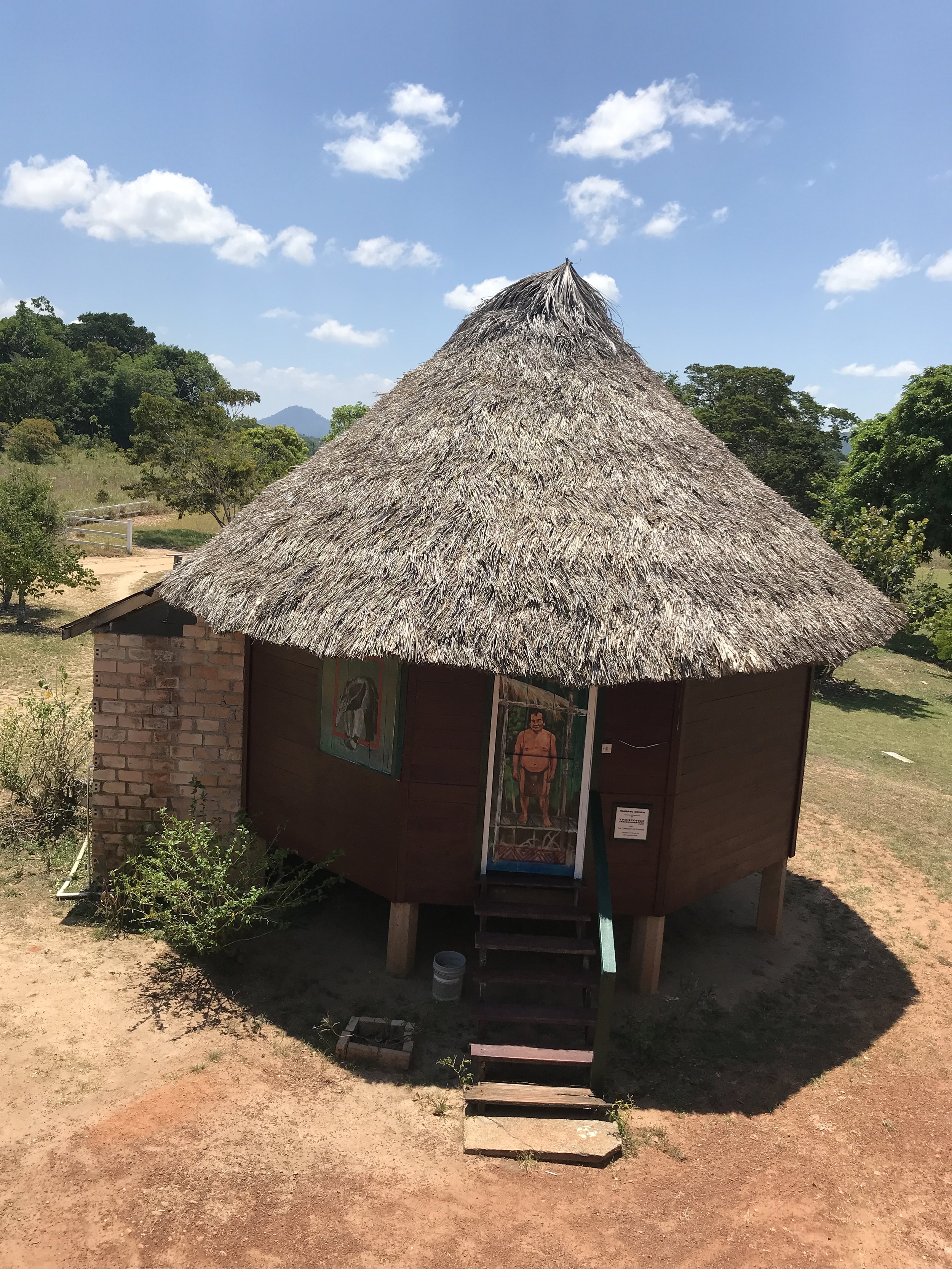

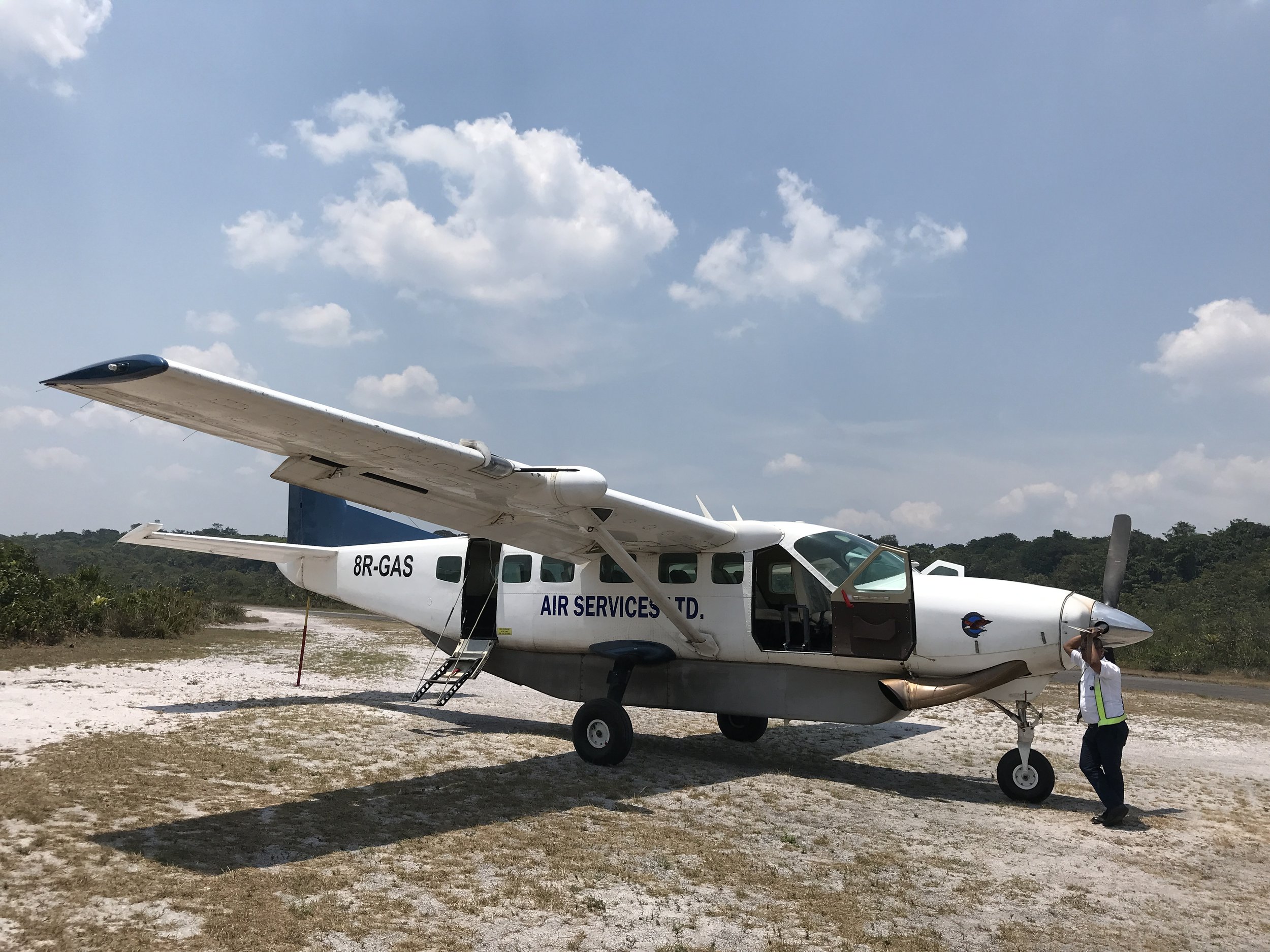
Guyana may be small in size but it is an absolute giant in terms of both responsible and sustainable tourism having won many eco-tourism awards including the inaugural; ‘Best of Eco-tourism’ category at the ITB global travel trade fair in Germany in 2019 and the Latin American Travel Association’s (LATA’s) ‘Best in Sustainable Tourism’ award. From its Low Carbon Development Strategy to the more recent Green State Development Strategy (GSDS), Guyana has had a long-standing commitment to a sustainability agenda. This coupled with nine Indigenous Nations who have been stewards of their ancestral lands for a millennia illustrates that sustainability is a core value and a way of life for many Guyanese. Indigenous communities own and manage their own tourism enterprises, from running eco-lodges to taking travellers out on immersive tours to discover the ancestral lands on which these enterprises are based. Their low-carbon lifestyle and conservation efforts of their ancestral lands mean that tourism not only has minimal impact on the environment but provides the essential livelihood required to sustain these communities.
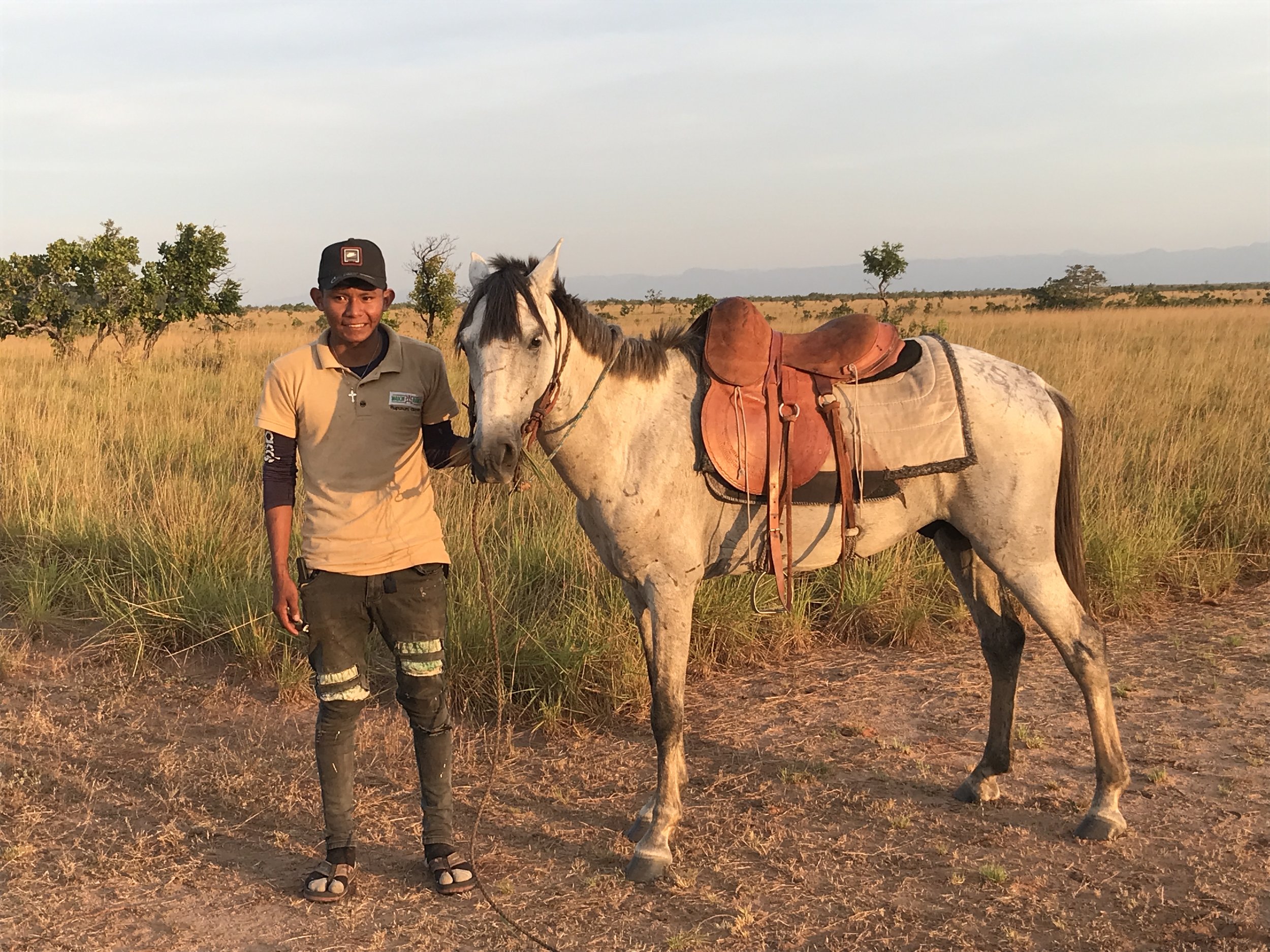
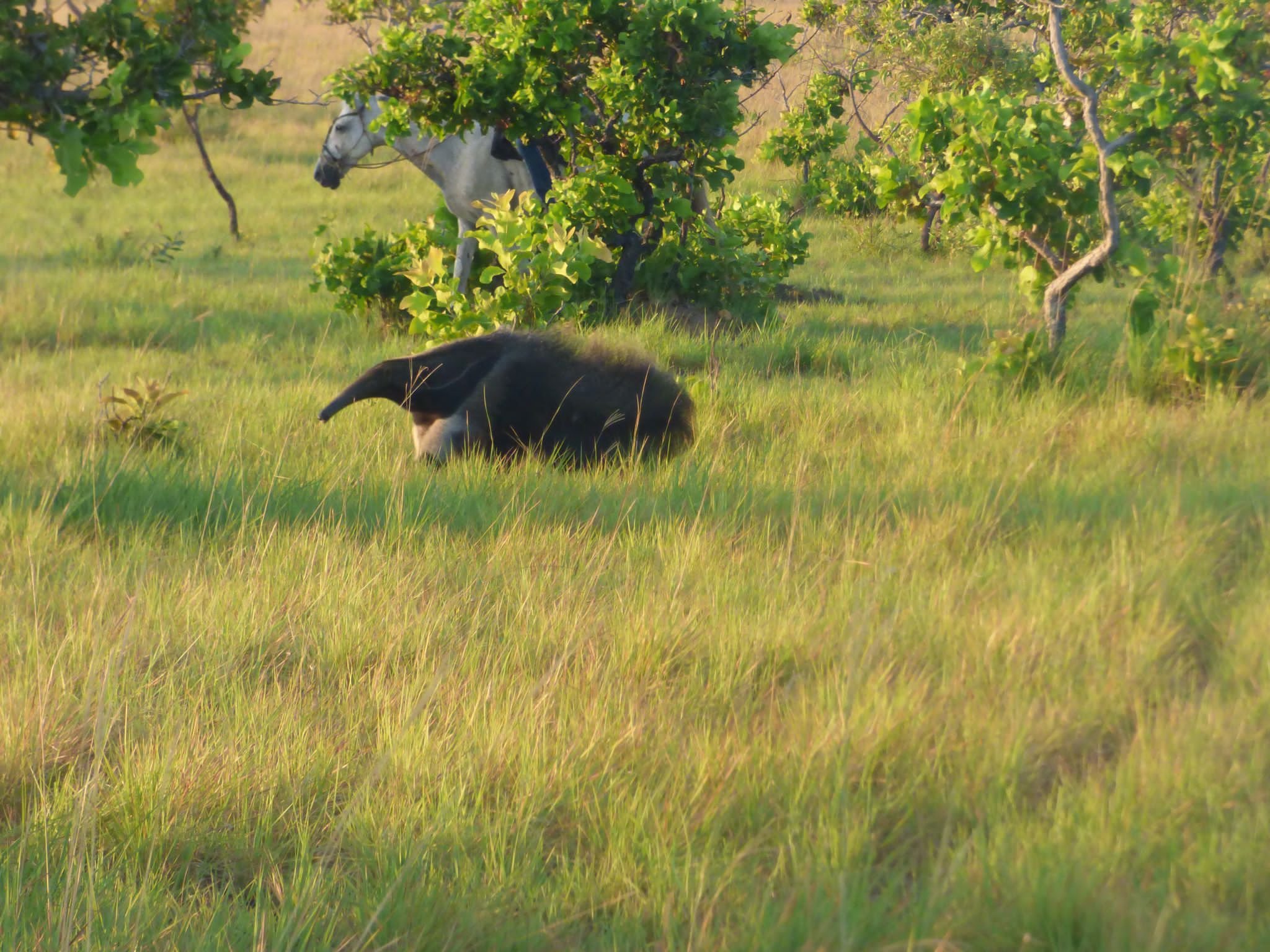
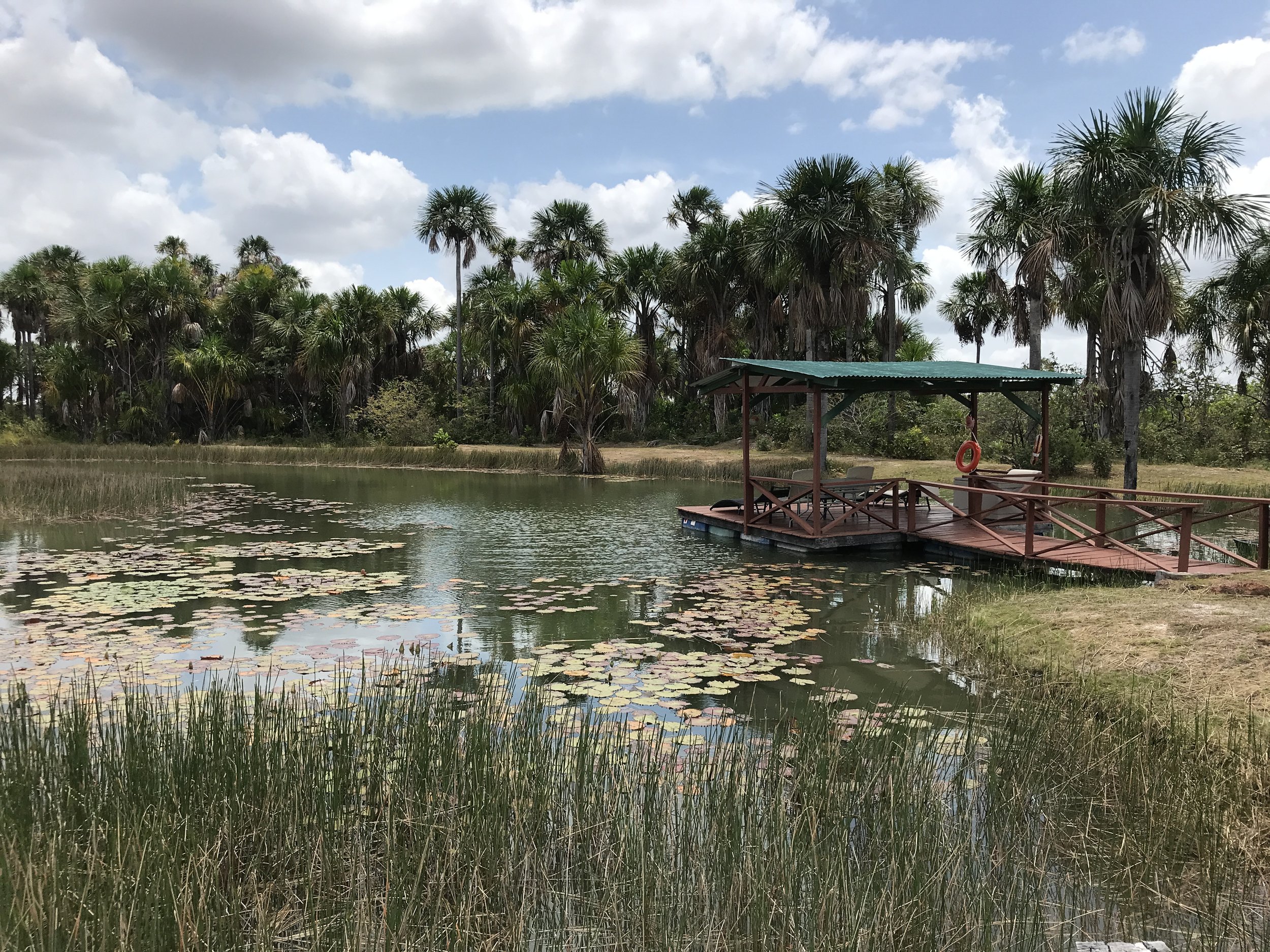
With rivers and rainforest, gigantic lilies and enormous termite mounds, Guyana has no shortage of natural wonders but there's one that supersedes all others, and is the most visited attraction in the country - the Kaiteur Falls, almost five times the height of Niagara, with a single sheer drop of 226m. This is Guyana's trademark and easily one of the most impressive and beautiful sights in the country, a solid column of water in a perpendicular drop, the cascading foam and spray producing breathtaking rainbows across the gorge. Getting to the falls involved a flight by propeller plane, landing at a tiny airstrip near the waterfall, the pilot circulating the falls, so both sides of passengers can take in the full view (and take the obligatory show and tell photo for folks at home). One other sight or sighting that puts Guyana on the map (particularly amongst the birding community) is a glimpse of the illusive Cock of the Rock bird, a fabulously coloured bright red-orange bird with a very striking appearance and mating dance. There were two opportunities to spot the tiny bird and I was rewarded on the short appropriately named cock of the rock trail near Atta Rainforest Lodge. Cock of the rocks can also be seen on the short walks around the Kaieteur Falls.
Hoatzin Bird
To conclude Guyana is a place where travellers can experience extensive forests, mountains, waterfalls, rivers and wide array of wildlife along with a vibrant indigenous culture, a rich history and a hospitable and friendly people. If you are prepared to sacrifice luxury accommodation and a few creature comforts, the rewards will be phenomenal. Guyana's unique tourism product is well worth the extra cost and effort and I'd put South America's best kept secret high on your list as the next must-see destination.
Petra at Surama Eco Lodge
(This blog has been written by Petra Shepherd, Travel Matter’s Communication Officer. She visited Guyana in October 2023, with Wilderness Explorers. British Airways has flights to Georgetown, Guyana (via St Lucia) twice weekly. Visit Guyana Tourism and learn more. Photo Credits by Petra Shepherd and Wilderness Explorers. If you need assistance planning your trip, make an enquiry today!)




